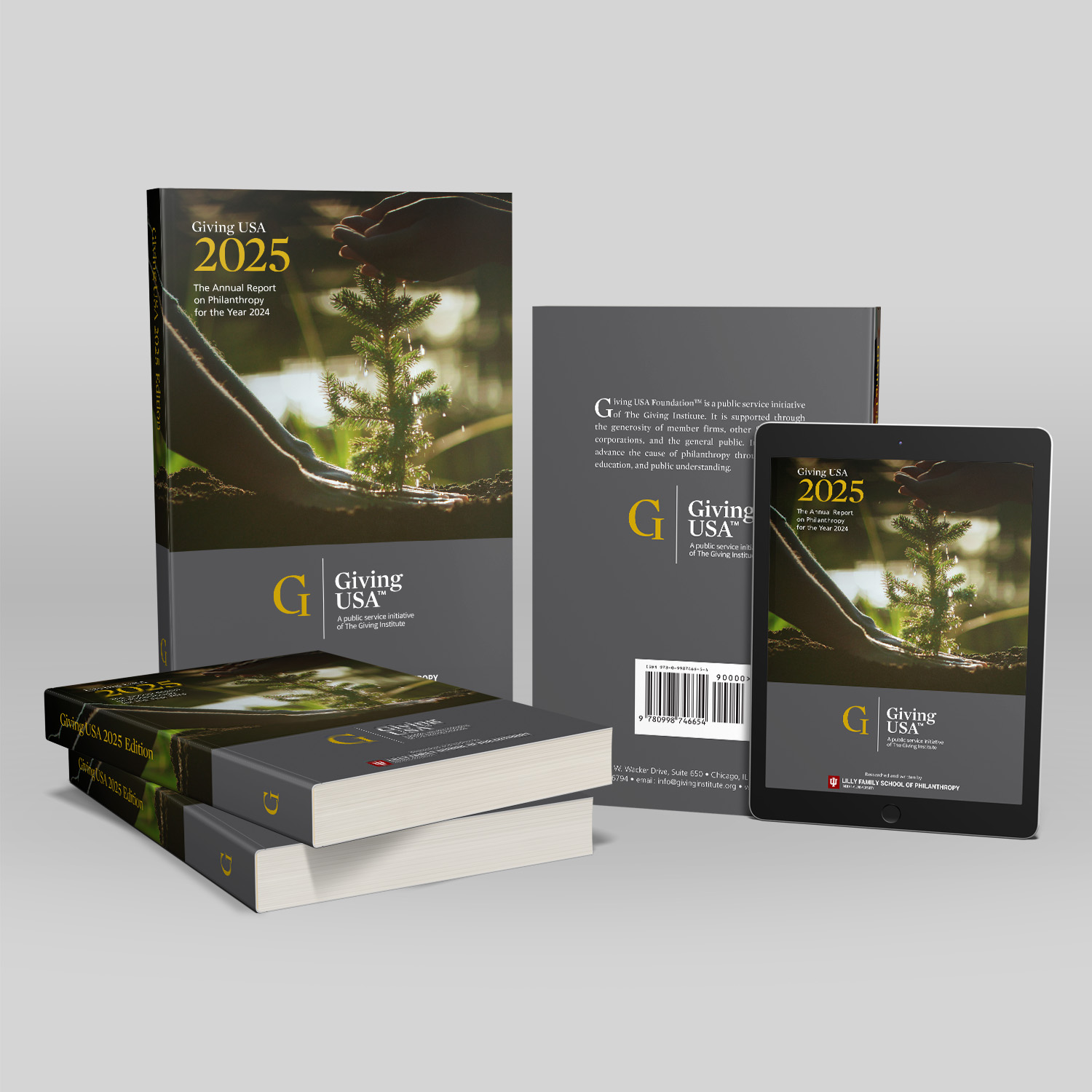 Nathan Stelter, President of The Stelter Company
Nathan Stelter, President of The Stelter Company
Earlier this month, nearly 1,000 fundraisers gathered online for the first-ever virtual national Charitable Gift Planners (CGP) Conference. Each year, this conference offers top-tier education, inspiration, and connections—and this year was no exception.
I was honored to be a part of this year’s lineup as a co-panelist of the closing keynote, alongside philanthropic authorities Jeff Comfort and Cynthia Krause. Today I’ll be sharing some key planned giving marketing insights from our presentation “The Pandemic & Gift Planning – What We’ve Learned and What to Expect.”
First, let’s talk about where we are: Seven months into a major disruption of almost every aspect of our lives. For some of us, this era, so far, has felt like a lifetime; for others, it’s went by in the blink of an eye. Something that everyone can agree on is that we are all being affected, development officers and donors alike.
Lessons Learned From the Past
To find opportunities for success during this time, we must revisit major disruptions of the past: 9/11 and the Great Recession of 2008-09. During these crises, organizations and donors found that support could continue, with the help of planned gifts. As a result, nonprofits that stayed the course saw a significant uptick in closable planned gifts.
There is no script for our current situation, as nothing in modern-day history compares to this pandemic. What we do know is this: philanthropy will persevere.
In fact, this sentiment is being proven right now. Donors are evaluating their estate plans, and many of them are looking to carry on their legacy by including a nonprofit. Organizations that are marketing planned gifts are receiving promising real-time response.
Critical Factors Impacting Donor Mindset
The unpredictability of our current environment has had an impact on our surge capacity, a collection of our mental and physical adaptive systems. We draw on this capacity during especially stressful times, i.e. a natural disaster. Our stressful situation is unique, as our distress was not immediate, but is prolonged indefinitely.
After months inside, it’s no surprise that we’ve seen a general decline in the feeling of connectedness. Most of us are also experiencing at least some level of grief, due to the loss of some of our rooted needs as humans.

Loss of attachment, loss of structure, loss of control and loss of future are all contributing to this grief. It’s difficult for donors to think about their legacy when their present day is influx—but with this challenge comes opportunity.
Engaging Your Donors Today
Continued two-way conversations with your donors will spark connection and forge a bond. Picking up the phone, building relationships for their own sake and multichannel campaigns are all tried-and-true means to connect. In addition to these methods, finding new creative ways to enrich your relationships with your donors and prospects is paramount.
Try some of these ingenious ideas nonprofits have found to be successful:
- Engage known planned gift donors—Send a personal postcard or even a video in lieu of your in-person annual event. Check out the video we made for our clients, that they loved!
- Become part of their day-to-day life at home—Try virtual coffee breaks or hosting a Zoom event, like a concert, game night or viewing party of a video pertaining to your mission.
- Setup virtual “town halls” featuring essential administrators—Keep loyal, long-time donors in the know about how your organization is making an impact right now.
- Send out content from archives—We’ve seen this work well for theatre organizations, but it can apply to other types of nonprofits as well.
- Be a trusted advisor and offer assistance—Provide resources that can help them, when they’re ready, with any planning questions.
- Share stories of the great work your organization has done—When appropriate, highlight examples of the investment donors, like them, have made in the past that are paying off today.
- Focus on the ‘why’! Planned giving can tend to emphasize the how (i.e., gift vehicles). Now, it’s more critical than ever to focus on why your donors care about your mission, not how they can support.
Above all: Authenticity prevails. Show your human side. This time at home has broken down some professional barriers, and it’s time for us all to take advantage. Move away from corporate lingo and don’t be afraid to use different voices in your
organization other than leadership.
Looking Forward
One thing hasn’t changed: It’s all about the relationships. Nonprofits that remain focused on donor relationships and can look beyond our current situation will emerge with a competitive edge. Use this time to continue to strengthen your bonds with your donors and prospects.
Additional all-important opportunities to connect include:
- Survey—One of the best tools to create a two-way dialogue with your donors, especially given that face-to-face meetings are on an indefinite hold. Content consumption and interaction are way up since the pandemic hit. Surveys allow you an easy, noninvasive opportunity to extend your discovery.
- Collaborate with internal teams—There’s never been a better time to team up for blended appeals. Educate and join forces with other giving departments.
- Keep showcasing your humanity—Want to thank your legacy donors via video? Record a candid video from your computer/phone and send it on its way. In today’s environment, scripted and polished videos can be received as unauthentic, impersonal or simply ‘too corporate.’
And remember: Planned giving is about the journey, not the destination.
While we as fundraisers may have a ‘destination’ in mind (i.e. a specific gift vehicle or gift goal), that’s not what’s most important. What is most important is the donor’s journey, and the experiences they have with you and your organization. Over time, the memories created inspire donors to further extend their values and hard work with a gift that perpetuates those ideas at your organization.


